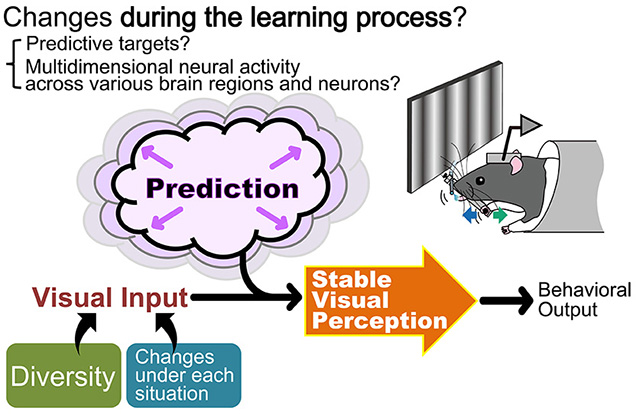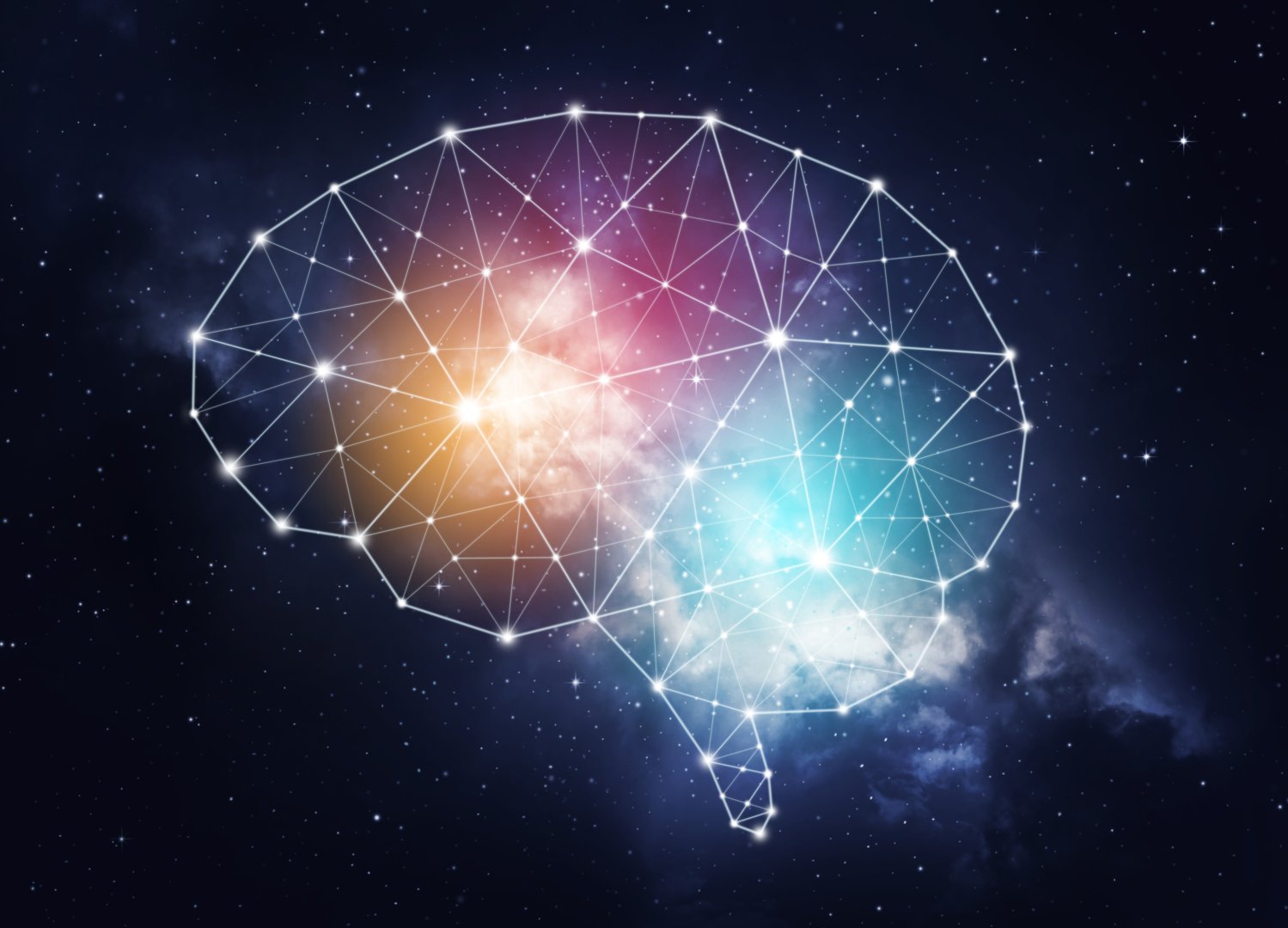C02 The neural basis of visual prediction changing with learning
The brain is thought to improve sensory perception by making predictions rather than simply processing sensory input from the external environment. Prediction is crucial for maintaining stable and undisturbed perception of various sensory information. In this study, we aim to explore the role of top-down input from higher brain regions in this predictive process and how it adapts during learning, influenced by changes in attentional states and reward expectations. Our hypothesis posits that predictive targets become more sophisticated as learning advances while neural activity across multiple brain regions becomes more refined and efficient, facilitating perceptual stability. Explicitly focusing on visual perception, we will train head-restrained rats in a visual discrimination task and record multidimensional neural activity across various brain regions and neurons before and after learning using electrophysiological techniques. Our objective is to understand how visual prediction, believed to support stable visual perception of various visual inputs, evolves during the learning process and how the multidimensional neural activity associated with this prediction changes accordingly.


Principal investigator: Rie Kimura
Project Research Associate, International Research Center for Neurointelligence (WPI-IRCN), The University of Tokyo
